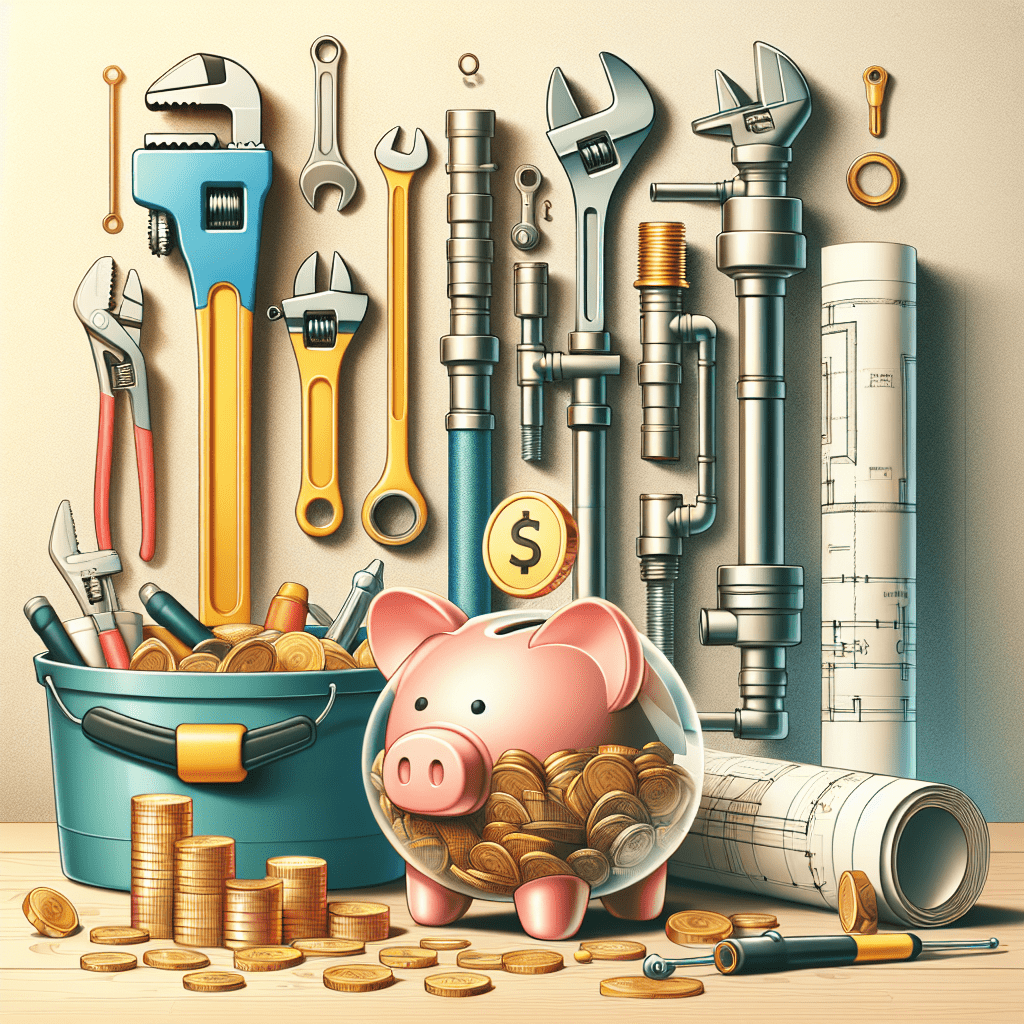Are you tired of shelling out big bucks to plumbers for simple repairs or installations? Learning how to tackle plumbing projects yourself can save you a significant amount of money. While some plumbing tasks may require professional expertise, there are plenty of projects you can do on your own with the right tools and guidance. In this article, we will explore how you can save money by taking a DIY approach to plumbing.
Benefits of DIY Plumbing
There are several benefits to taking on plumbing projects yourself.
- Save Money: One of the biggest advantages of DIY plumbing is the cost savings. Instead of paying a plumber by the hour, you can invest in tools and materials and save money in the long run.
- Flexibility: When you do the work yourself, you can complete it on your own schedule without waiting for a plumber to fit you in.
- Learning Experience: Tackling plumbing projects can be a great learning experience and empower you to handle future projects with confidence.
- Control: By doing the work yourself, you have full control over the project and can ensure it meets your standards.
Common DIY Plumbing Projects
Here are some common plumbing projects that you can tackle yourself:
- Unclogging a Drain: A clogged drain is a common issue that can often be resolved with a plunger or plumbing snake.
- Replacing a Faucet: If your faucet is leaking or outdated, you can easily replace it with a new one by following step-by-step instructions.
- Installing a Garbage Disposal: Adding a garbage disposal to your kitchen sink can improve functionality and is a relatively simple project to tackle.
- Fixing a Running Toilet: A running toilet can waste water and money. By replacing a faulty flapper or fill valve, you can quickly solve this issue.
Steps to Tackle DIY Plumbing Projects
Here are some steps to follow when tackling plumbing projects yourself:
- Research the Project: Before starting any plumbing project, research the steps involved and gather the necessary tools and materials.
- Turn Off the Water Supply: Before making any repairs or installations, be sure to turn off the water supply to prevent any leaks or flooding.
- Follow Instructions: Whether you are fixing a leak or installing a new fixture, carefully follow the instructions provided to ensure a successful outcome.
- Test the Results: Once you have completed the project, test the results to ensure everything is working properly before turning the water supply back on.
Conclusion
Tackling plumbing projects yourself can save you money, give you a sense of accomplishment, and empower you to handle future projects with confidence. By following the steps outlined in this article and starting with simple projects, you can gradually build your skills and tackle more complex plumbing tasks. Remember to always prioritize safety and consult a professional for tasks beyond your expertise.
FAQs
Q: What tools do I need for DIY plumbing projects?
A: Some essential tools for DIY plumbing projects include a plunger, wrenches, plumber’s tape, a plumbing snake, and a pipe cutter.
Q: When should I call a professional plumber?
A: It’s important to call a professional plumber for complex projects such as major pipe repairs, sewer line replacements, or gas line installations.
Q: How can I prevent plumbing issues in the future?
A: Regular maintenance, such as checking for leaks, cleaning drains, and insulating pipes, can help prevent plumbing issues and save you money on repairs.
TIP: Safety First
When tackling DIY plumbing projects, always prioritize safety. Wear protective gear, turn off the water supply before starting work, and know when to call a professional if the project becomes too complex.
#Save #Money #Tackling #Plumbing #Projects
